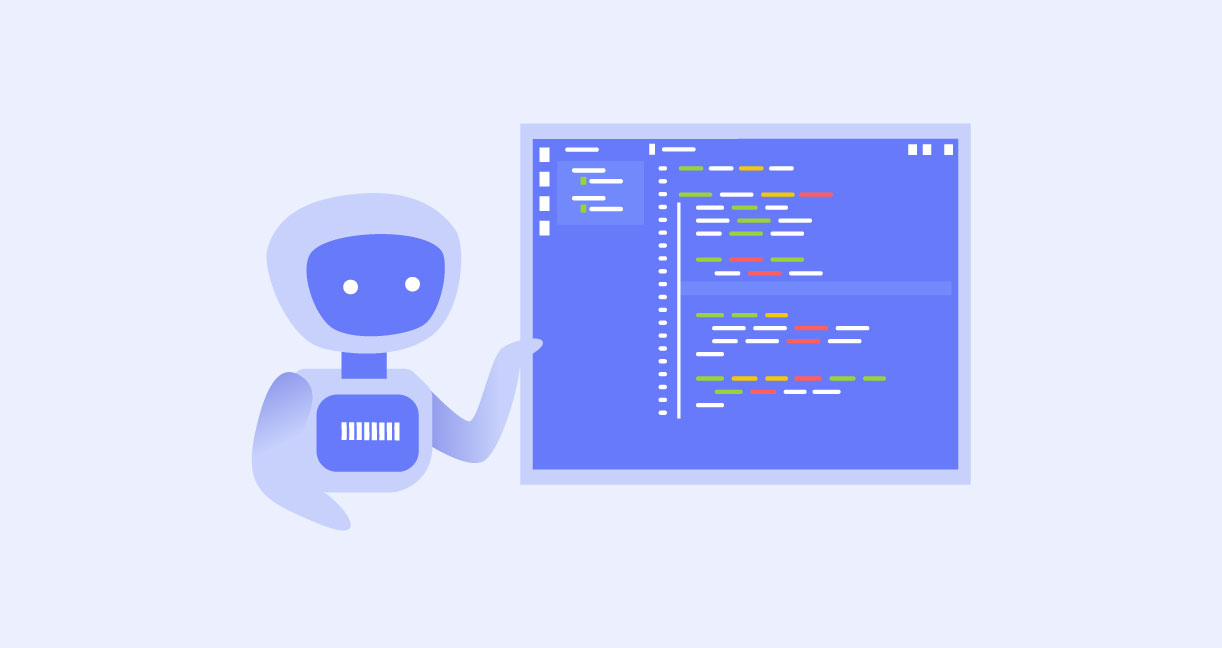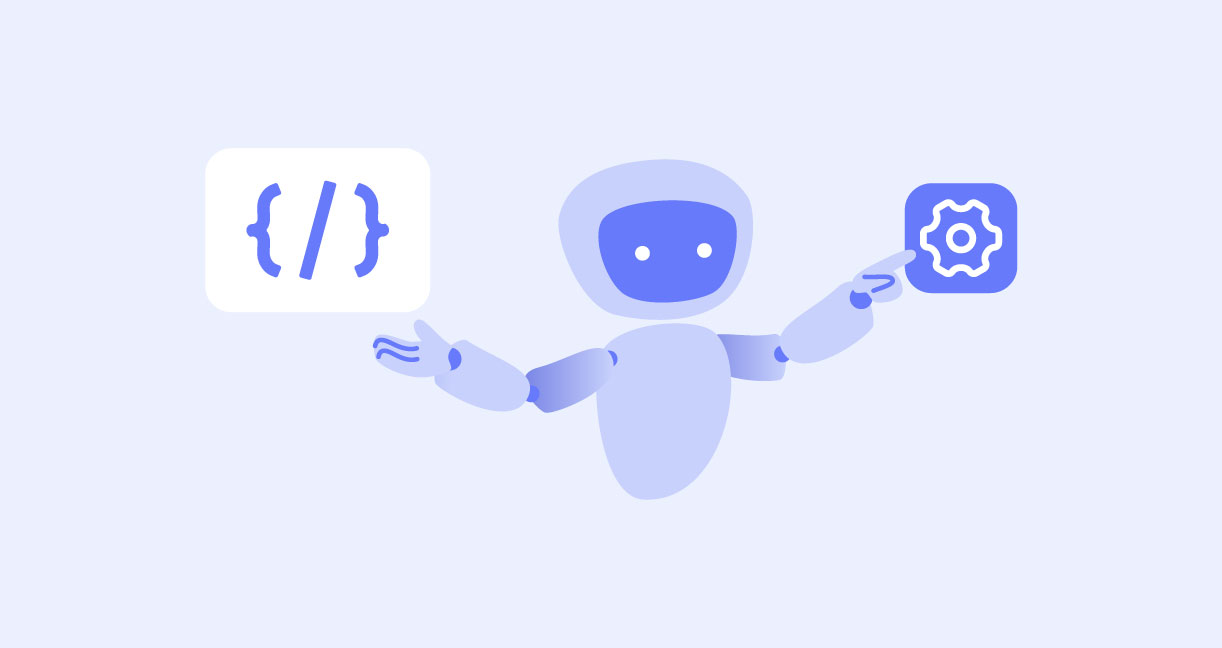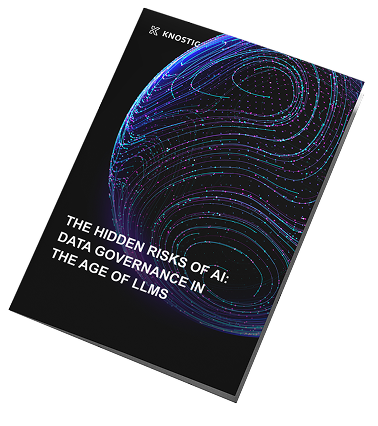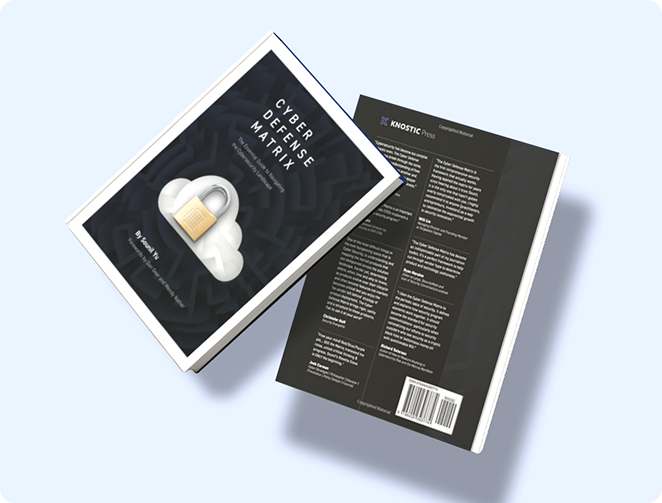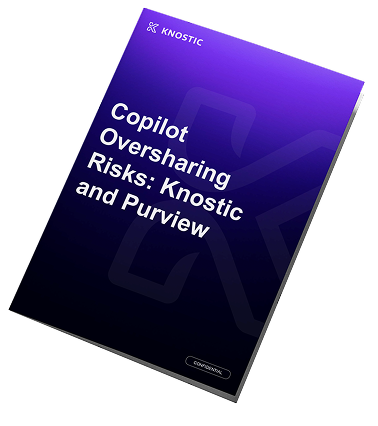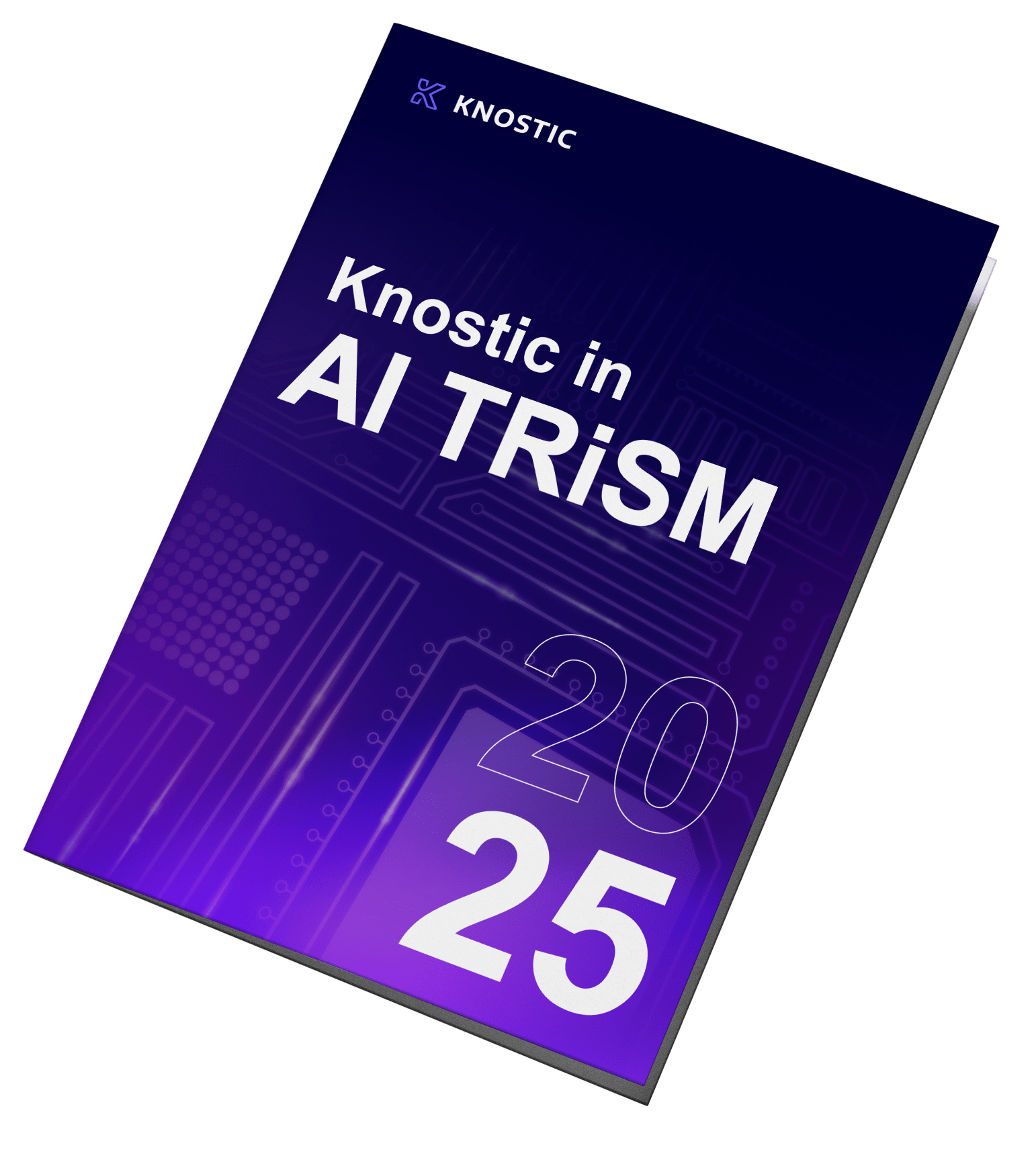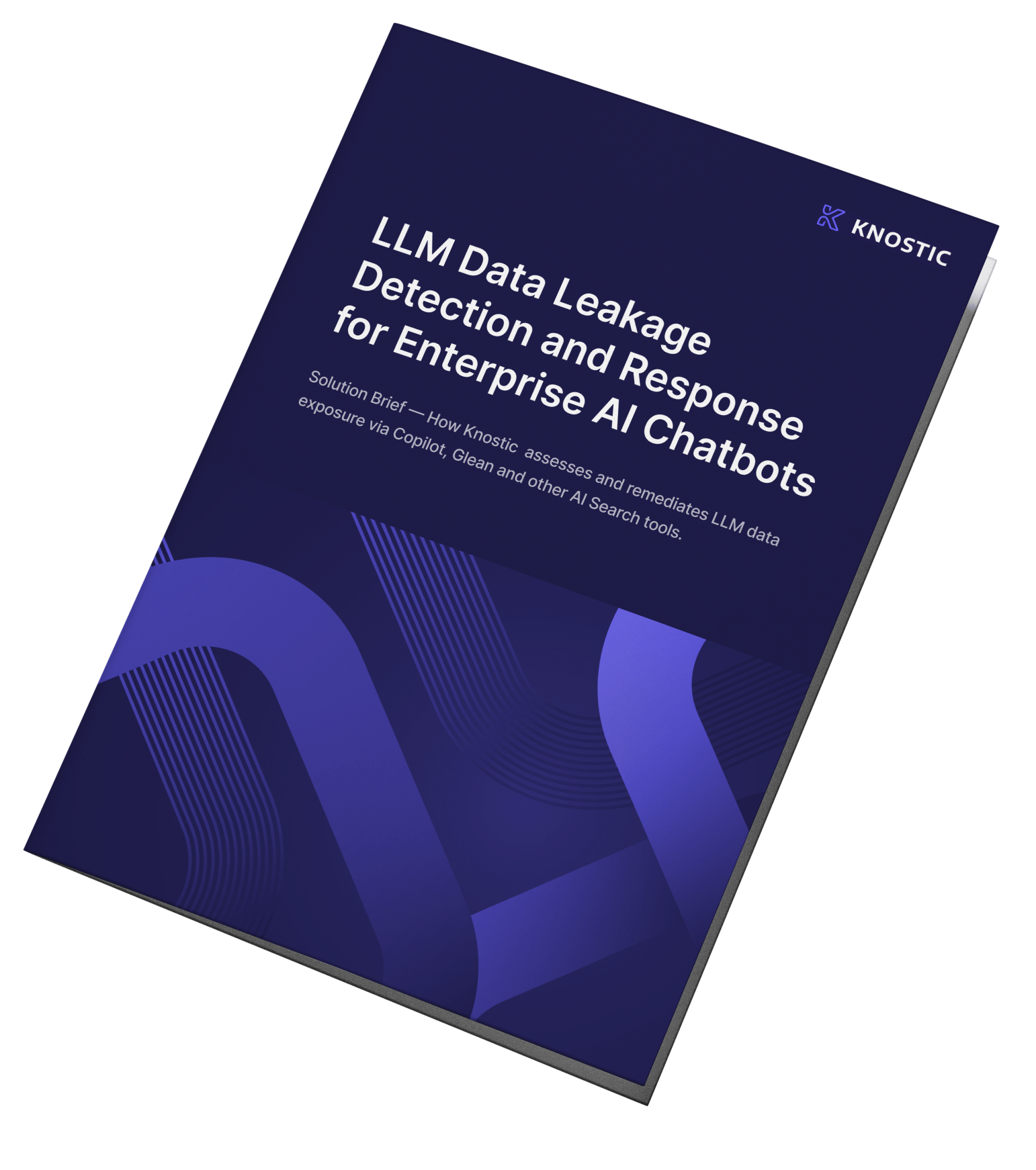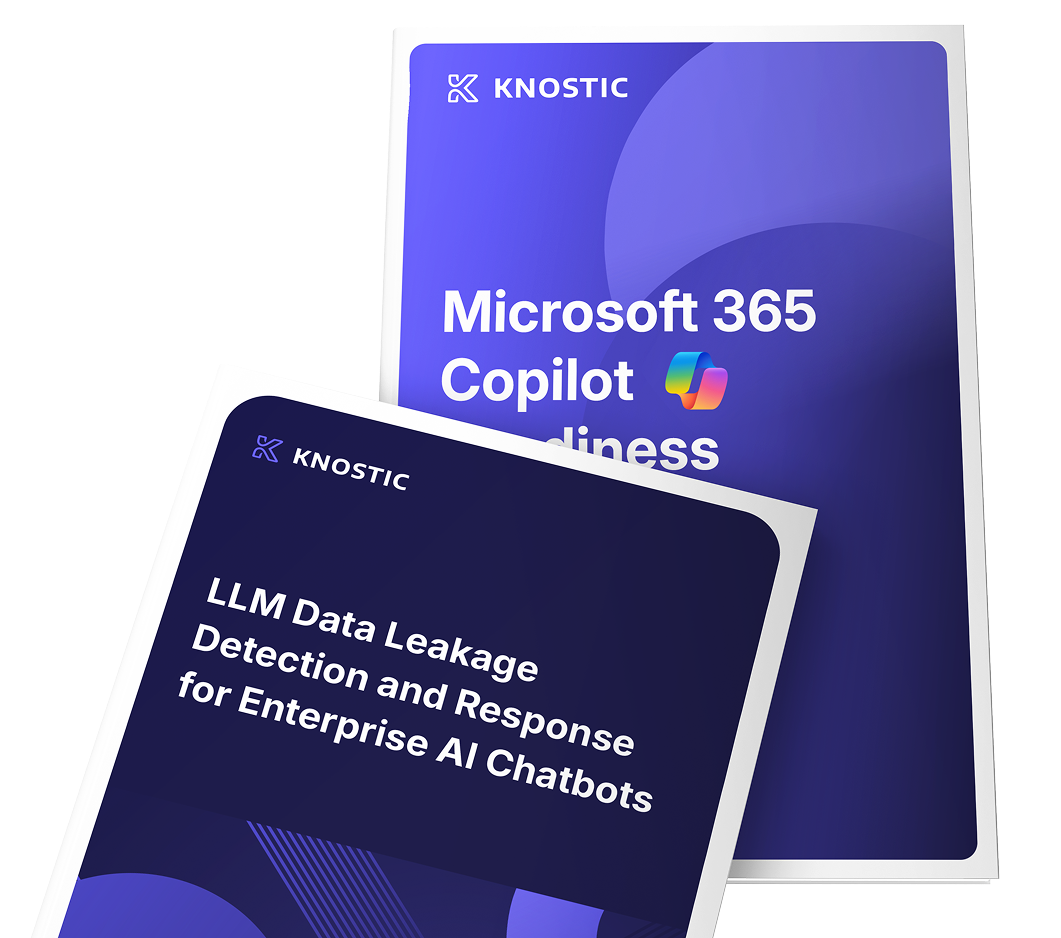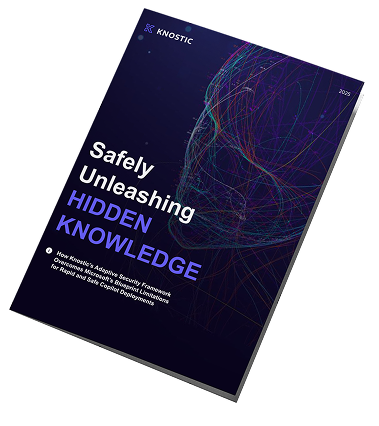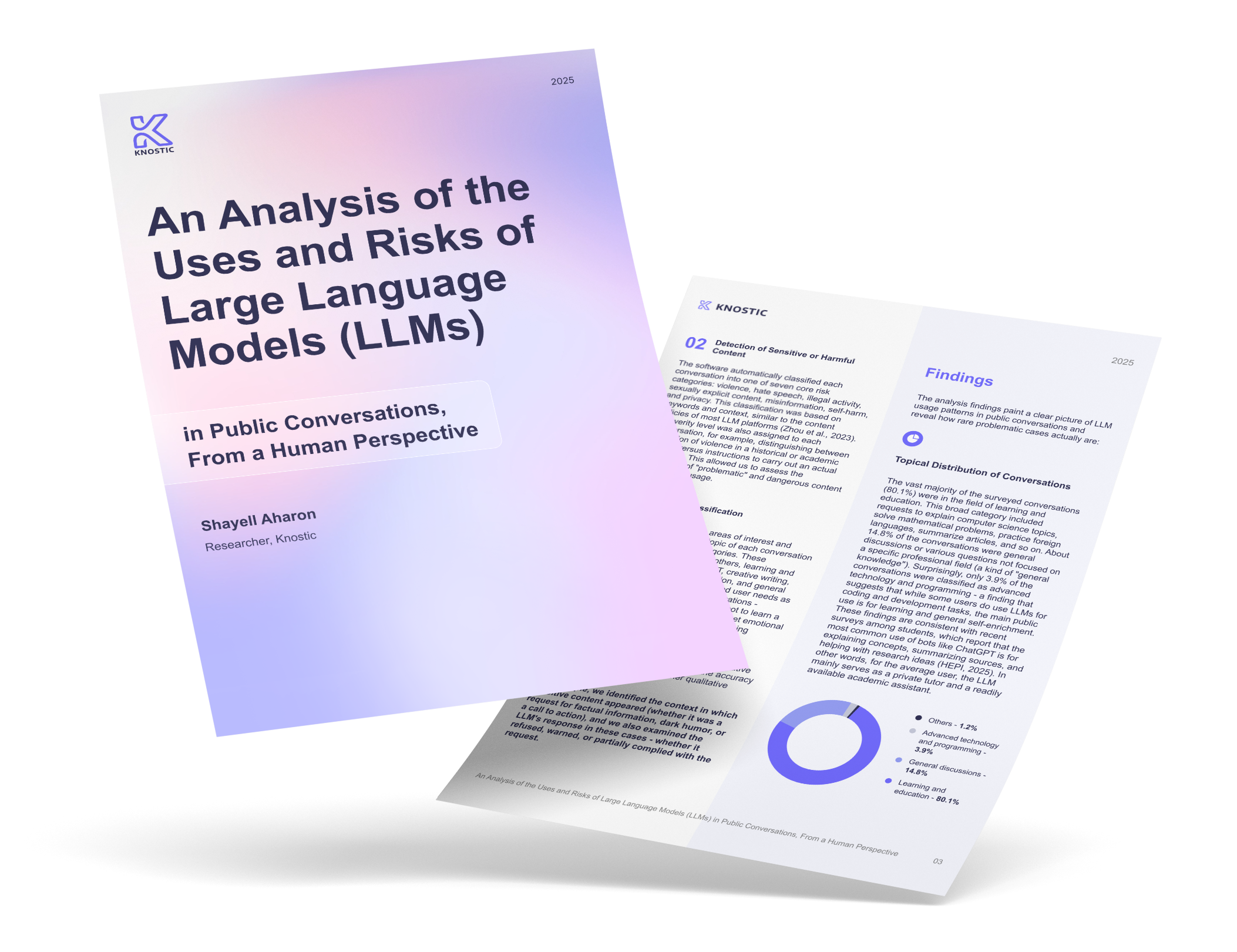What This Blog Post on Shadow AI Covers
-
Shadow AI refers to the unauthorized use of generative AI tools by employees who lack IT approval, which increases the risk of data leaks, model misuse, and regulatory violations.
-
Unapproved data flows and plugin use can expose sensitive information such as financial models and proprietary code, which often goes beyond the detection scope of traditional security tools.
-
Lack of formal governance allows Shadow AI to proliferate unchecked, with many organizations lacking clear AI usage policies despite widespread employee adoption.
-
Model drift introduces unpredictability in AI outputs since public models change frequently, creating compliance and operational blind spots without proper version control.
-
Solutions include building AI policies, implementing usage monitoring tools like Knostic, and training staff to responsibly engage with AI tools while maintaining data security and regulatory compliance.
What is Shadow AI
Shadow AI represents unauthorized or unsanctioned GenAI use, specifically generative AI. This includes the use of publicly accessible models, such as ChatGPT, Claude, or Google Gemini, to write code, generate documents, analyze data, or automate tasks.
Importantly, not all Shadow AI usage is malicious. In many cases, it arises from genuine productivity demands, employees seeking faster solutions, improved efficiency, or assistance with repetitive tasks. However, even well-intentioned use can lead to serious risks when proper oversight is lacking. Unlike traditional shadow IT, shadow AI interacts with sensitive information through inference, drawing conclusions or generating outputs based on user prompts and internal data patterns. This type of access doesn’t involve traditional file transfers, making it difficult for standard security tools to detect or log the interaction. As a result, AI usage can slip past conventional controls, making visibility and governance more challenging.
According to a 2024 Microsoft–LinkedIn Work Trend Index, 75% of knowledge workers now use generative AI tools at work, and 78% of them bring their own AI tools into enterprise environments. These figures suggest that shadow AI is already widespread and embedded across departments, and as a result, organizations are increasingly vulnerable to threats such as AI data leakage, model misuse, and regulatory violations.
Key Aspects of Shadow AI
Shadow AI introduces unmonitored pathways for enterprise data to reach generative models, often without security review or policy alignment. As employees informally adopt hidden AI tools, data leaks, model drift, and compliance gaps emerge beyond the reach of traditional systems.
Unapproved data flows
Unapproved data flows occur when employees copy and paste enterprise data into public AI interfaces or upload documents and prompts to services that haven’t been properly vetted. This risk is compounded by plugin connectors and browser extensions that relay data directly to third-party APIs or inference servers. OpenAI’s usage policy states that, unless explicitly opted out, user data may be retained and used to improve their models. This means sensitive prompts, such as legal drafts, financial models, or customer datasets, can inadvertently become part of the model’s training data. In a high-profile incident, Samsung engineers inadvertently pasted proprietary chip-design code and internal meeting notes into ChatGPT. Therefore, prompting Samsung to temporarily ban employee use of public generative AI tools due to concerns that OpenAI could retain the data unless users explicitly opt out.
According to Cisco’s 2025 study, 46% of organizations reported internal data leaks through generative AI (for instance, employee names or information inputted into GenAI applications). This shows that unauthorized AI data flows are already disrupting traditional security models. The 2025 HAI AI Index report highlights the challenge, citing 233 documented AI-related incidents in 2024 where governance failures, including unauthorized AI use, resulted in data exposure, compliance issues, or biased outputs. These flows are challenging to detect using conventional data loss prevention tools because AI inference often diverges from traditional data exfiltration patterns.
Lack of governance
Governance refers to the combination of formal policies, monitoring tools, and support mechanisms that define and control how AI is used within an organization. It includes policy documentation, access controls, auditability, and alignment with compliance frameworks. The absence of formal governance enables Shadow AI to spread rapidly.
This policy gap is critical. According to a 2025 study by ISACA, while AI usage is widespread, less than one-third of organizations have deployed comprehensive governance frameworks. Additionally, a 2024 Gartner poll found that nearly two-thirds of organizations are utilizing generative AI across various business units. Yet, only one in five have achieved advanced governance maturity, including model version control, access logs, and audit policies. This suggests that, although interest and adoption are high, mature governance and support mechanisms remain limited.
The lack of formal governance allows Shadow AI to become even more pervasive than before. A 2025 survey, of over 12,000 white-collar employees, revealed that 60.2% had used AI tools at work, but only 18.5% were aware of any official company policy regarding AI use. Additionally, a 2024 poll of 3,270 digital trust professionals found that 70% of organizations observed staff using GenAI tools, yet only 15% had implemented policy frameworks. These findings, while from different populations, reinforce a consistent global trend: Shadow AI thrives where governance is either absent or fragmented.
Model drift and updates
Shadow AI doesn’t just introduce data risks; it also introduces architectural uncertainty. Publicly available models are frequently updated or finetuned by vendors without notice. Additionally, model drift can fundamentally alter a model’s behavior or risk profile almost overnight. Vendors often modify underlying model weights, incorporate new pre-training data, or adjust prompt response behavior, all of which can impact performance, bias, and security.
Version pinning, ensuring a consistent and documented model version is used for each interaction, is not available in most public AI tools. This means the same prompt submitted today can produce very different responses next week.
This unpredictability creates a blind spot for enterprise risk management. Imagine a tool used in February to draft regulatory compliance summaries suddenly starts to hallucinate citations in March after a hidden model update. Enterprises remain unaware until the fallout hits, whether it involves legal misstatements, financial misreporting, or reputational damage.
A 2025 study by the American Society of Health‑System Pharmacists (ASHP) found that model drift affects both predictive models and LLMs used in decision-making, highlighting the importance of calibration and monitoring to maintain reliability. Additionally, a one analysis noted that foundation model drift is domain-specific, with some use cases, such as fashion recommendations, experiencing performance decay three times faster than stable domains, like book suggestions.
Shadow AI vs Shadow IT
Shadow AI and Shadow IT both involve unauthorized tools within organizations. The table below summarizes the key differences between these two, facilitating a rapid comparison.
|
Aspect |
Shadow IT |
Shadow AI |
|
Tool type |
SaaS apps, devices, and unapproved platforms |
Generative AI tools (e.g., ChatGPT, Copilot, Gemini) |
|
Data handling |
File uploads, document storage |
Prompt inference, semantic access, and generated content |
|
Detection difficulty |
Detectable via logs, DLP, and network scans |
Harder to detect; involves contextual and semantic leakage |
|
Risk profile |
Operational inefficiencies, data fragmentation |
Compliance violations, hallucinated content, and IP exposure |
|
Autonomy |
Passive tools needing user action |
Active tools generating outputs and evolving independently |
|
Governance |
Policy circumvention |
Policy, compliance, and audit trail disruption |
Why is Shadow AI a Concern
Shadow AI can expose organizations to serious compliance, intellectual property, security, and reputational risks when ungoverned AI interactions fall through traditional data and security controls.
Compliance exposure
Shadow AI can lead to unchecked data sharing that conflicts with GDPR, HIPAA, and other regulations. For example, HIPAA strictly governs how electronic protected health information is accessed and shared, including by AI systems. Without audit logs or governance, the use of AI tools can result in severe regulatory penalties. A case occurred in 2018, when Anthem Inc. paid a record $16 million to the U.S. Department of Health & Human Services' Office for Civil Rights after a significant data breach exposed the records of nearly 79 million individuals, highlighting the financial risk of insufficient oversight and accountability. In 2025, the UK’s ICO fined genetic testing company 23andMe £2.31 million after a credential-stuffing attack exposed the personal data of 155,592 UK users, as a reminder that inadequate auditability can result in high-profile enforcement actions.
Intellectual property loss
Generative models risk exposing corporate IP. A 2024 report found that 8.5% of analyzed prompts contained potentially sensitive data, including customer information, legal documents, and proprietary code. This risk is amplified by “prompt leakage”, a technique where adversaries repeatedly query models to extract embedded knowledge or prior user inputs.
Academic papers also document prompt leakage attacks that can extract confidential instructions at rates up to 86.2% when models are queried repeatedly. Even without malicious actors, accidental prompt sharing can expose new product designs or proprietary algorithms, leading to irreversible knowledge leaks.
Security blind spots
Traditional SIEM and DLP tools are not equipped to monitor inference-driven AI data flows. SIEM systems are designed to analyze logs and network metadata, not the semantic content of AI requests. DLP tools inspect file transfers, not prompt submissions or API-based inference operations. These conventional systems are built to monitor file transfers and network metadata, but they don’t capture the semantic context of AI-based inference traffic. Without understanding intent or content, these tools fail to detect “semantic exfiltration,” where sensitive information is transferred in innocuous-looking text prompts or API requests.
Reputational damage
Shadow AI may produce inaccurate, biased, or misleading content that becomes publicly associated with your brand. “Senior Executive” has repeatedly highlighted how AI hallucinations, instances where models confidently generate false information or citations, pose a serious business risk and can spread misinformation rapidly. When AI content is published without human verification, even minor factual errors can damage credibility and erode stakeholder trust. Since shadow AI usage often lacks provenance and auditability, errors can go unnoticed until they escalate into public relations crises, making them difficult to trace and correct promptly.
5 Strategies to Address Shadow AI
Effective Shadow AI governance begins with a structured foundation of policies, visibility, and controls that align technical enforcement with user behavior and organizational risk tolerance.
Policy foundation
Formal AI governance is crucial for mitigating risk exposure from unauthorized tools. The NIST AI risk management framework outlines best practices for establishing AI policies that address system trustworthiness and traceability. It stresses that organizations must define acceptable uses of AI, set documentation and transparency requirements, and align AI use with existing cybersecurity and privacy protocols.
Discovery and inventory
Shadow AI often originates through unmonitored browser extensions, SaaS plugins, or direct calls to AI tools. Proactive visibility into these usage patterns is needed. Unlike traditional monitoring tools that focus on endpoint logs or firewall events, browser telemetry collects data on user extensions, plugin behavior, and real-time web interactions, offering visibility into AI tools operating outside sanctioned environments. A survey of over 250 security professionals at the 2024 RSA Conference found that 73% admitted to using SaaS applications, many of which were not approved by IT. Among firms actively addressing Shadow SaaS and Shadow AI, only 46% had relevant controls in place, underscoring the scale and invisibility of the issue. This proves the need for structured discovery, network traffic scanning, browser telemetry, and API endpoints, in order to swiftly detect unauthorized AI use.
Controlled enablement
After discovering unauthorized AI tools, it’s essential to support permissioned AI access based on role, department, and data sensitivity tiers. The NIST AI Risk Management Framework emphasizes the use of whitelisting, version control, and documented access policies to ensure accountability and traceability in model usage. In an industry-wide maturity model released by IEEE-USA in July 2024, organizations that had implemented AI governance controls, such as access restrictions and audit logs, showed more substantial alignment with the NIST RMF core functions compared to those with ad hoc AI use. These controls help prevent data leakage through unauthorized AI endpoints by ensuring employees use only monitored inference models.
Continuous monitoring
Maintaining thorough logging of AI prompts, model responses, and data lineage is needed for traceability. The 2025 study demonstrates how AI transforms traditional audit trails and why the Advanced in AI Audit certification emphasizes traceability from input through output. Their guidance emphasizes that AI systems must incorporate controls around data inputs, decision-making rationale, and outcome verification, thereby establishing a resilient foundation for governance and forensic review.
Education and change management
Human behavior is considered crucial to Shadow AI risk. Gartner research found that 65% of surveyed security leaders have either implemented or are developing formal GenAI governance. However, only 23% of organizations currently require staff to be trained on approved AI usage. This gap highlights the need for structured onboarding and departmental training to instill safe AI practices.
Effective Shadow AI Management with Knostic
Knostic is purpose-built to secure the knowledge layer, the dynamic intersection where raw data becomes AI-generated insight. Unlike traditional DLP, it detects inference-based risks by monitoring AI data access across Microsoft 365, Copilot, and Glean, even when policies aren’t explicitly violated.
It constructs a knowledge graph that ties user roles, behavior, and intent to data access patterns, enforcing need-to-know boundaries beyond static file permissions. Businesses have utilized this technology to identify instances where AI-generated drafts incorporated insights from archived legal content, enabling them to update policies before external exposure occurred.
Knostic enhances enterprise preparedness by simulating adversarial AI scenarios across role-based contexts, automating red-teaming at scale. It also offers comprehensive audit trails and structured remediation workflows, empowering compliance and security teams to understand who can access what, with clear guidance on oversharing prevention without impacting productivity.
What’s Next
Ready to take control of Shadow AI? Download the white paper to see how Knostic helps security and compliance teams gain real-time visibility into AI access and meet audit expectations. This asset provides practical strategies and valuable insights to strengthen your AI risk posture.
FAQ
• What is shadow AI?
Shadow AI refers to AI tools, such as Copilot or Gemini, being used within organizations without IT approval or visibility, often exposing sensitive data.
• What are the risks of shadow AI?
These tools can infer proprietary insights across SharePoint, Teams, and other platforms, even without direct access to documents. This creates risks of AI data leakage, regulatory breaches, and audit failures.
• How to detect shadow AI?
Utilize tools like Knostic to monitor AI interactions in real-time. It identifies what knowledge is being accessed or inferred, and stops unauthorized sharing before it happens.

